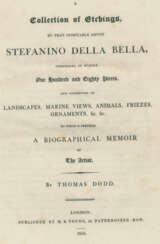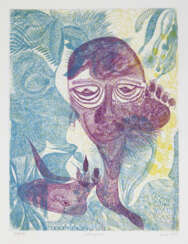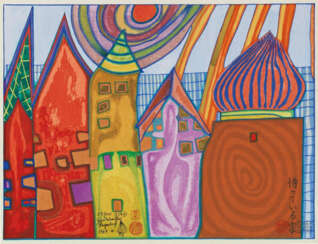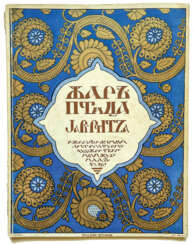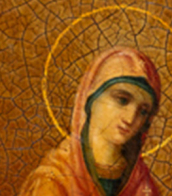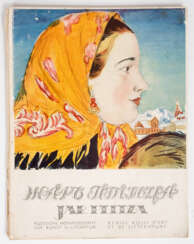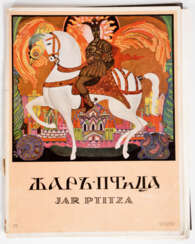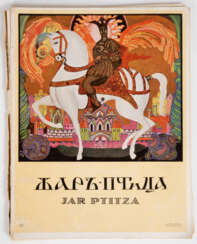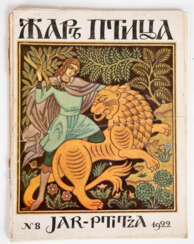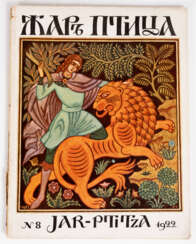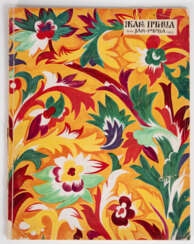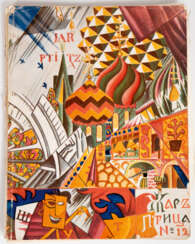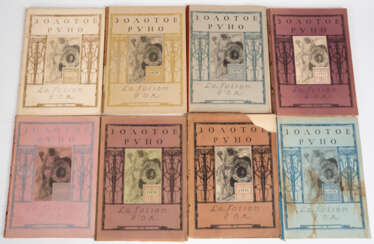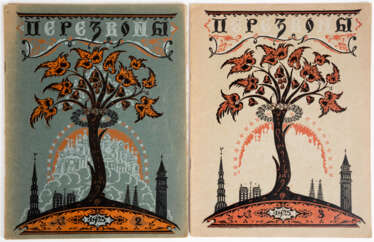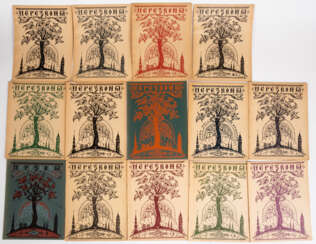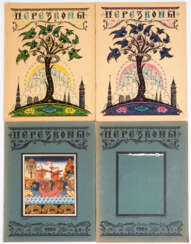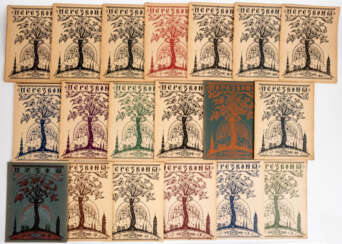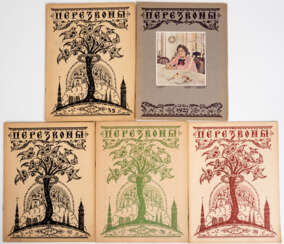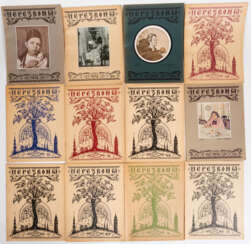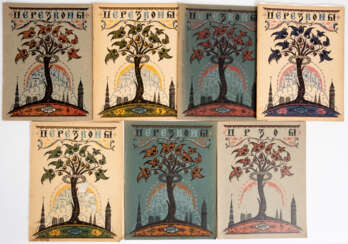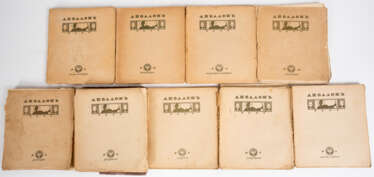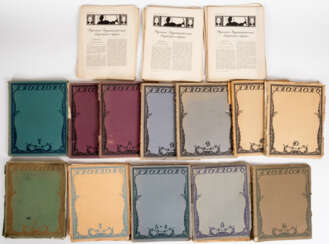55 Items by auctions and galleries:
literature and graphic
Lot 1231 Hundertwasser, F.
Friedensreich Hundertwasser (1928 - 2000) 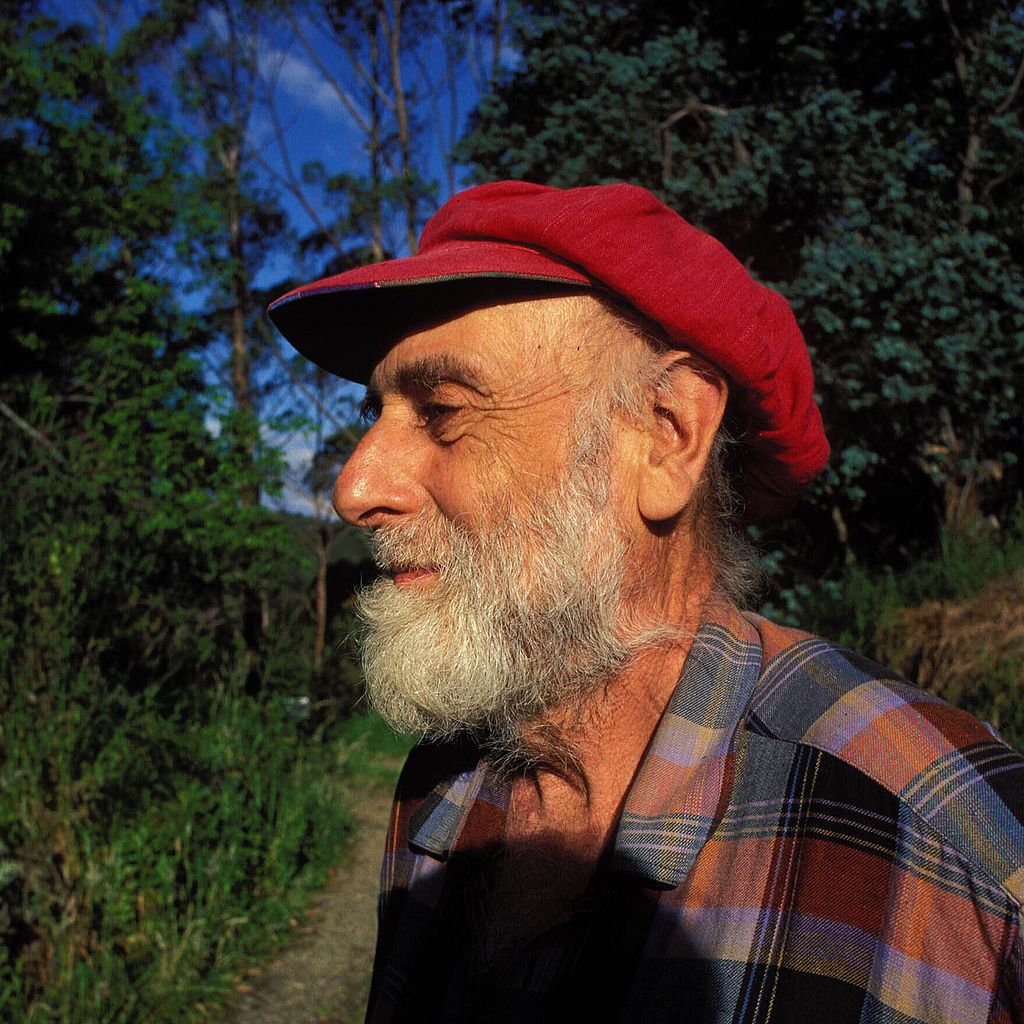 A137: Buch- und Kunstauktion 1
A137: Buch- und Kunstauktion 1 

Friedensreich Hundertwasser
15.12.1928 - 19.02.2000
Austria
Friedensreich Regentag Dunkelbunt Hundertwasser was an Austrian visual artist and architect who also worked in the field of environmental protection.
Hundertwasser stood out as an opponent of "a straight line" and any standardization, expressing this concept in the field of building design. His best known work is the Hundertwasserhaus in Vienna, which has become a notable place of interest in the Austrian capital, characterised by imaginative vitality and uniqueness.

Auktionshaus Kiefer
A137: Buch- und Kunstauktion 1
Date: 12.02.2025 10:00 UTC +02:00
Number of lots in the catalog: 1410



